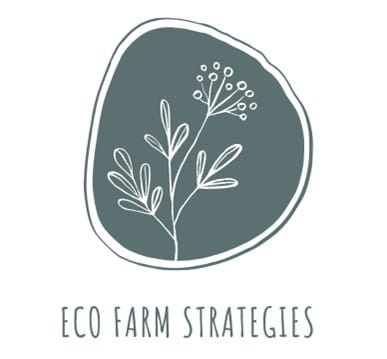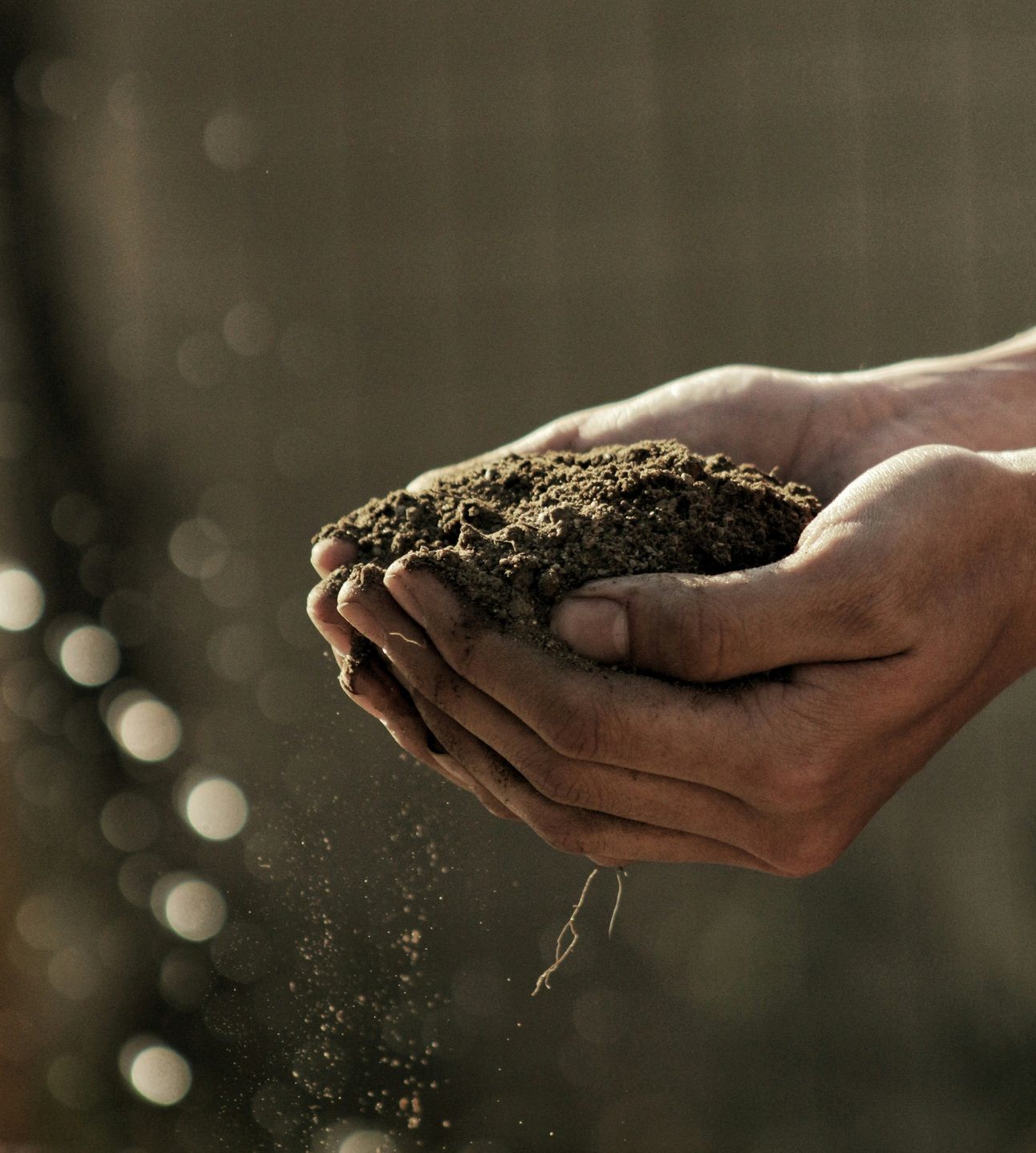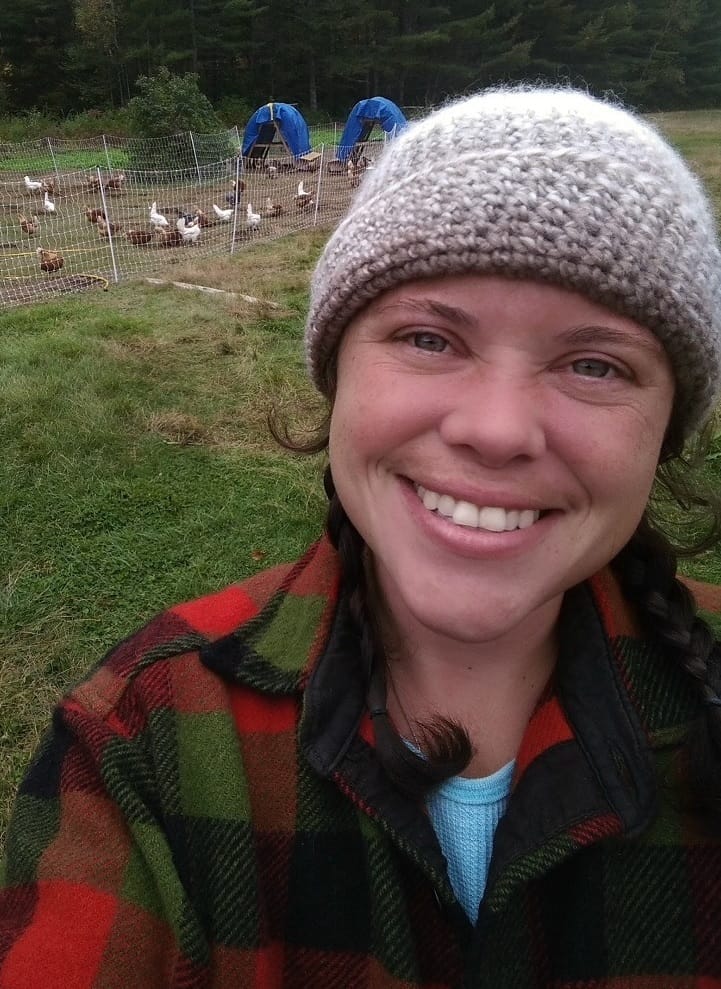- Eco-Strategies for Small Farms
- Posts
- What Makes Agriculture 'Ecological'? The Answer Might Surprise You
What Makes Agriculture 'Ecological'? The Answer Might Surprise You
Eco-Farm Strategies: Issue 02

➡️Traditional agriculture often feels like a battle against nature—fighting weeds, pests, and soil depletion with increasingly expensive inputs. But what if there was a different way? What if instead of fighting natural systems, we could work with them to create more productive, profitable, and sustainable farms?
This is the essence of ecological agriculture.
BEST LINKS
🌿 DID YOU KNOW?
Experimental agroecological systems had a positive impact on soil microbial communities, particularly by promoting the development of beneficial soil bacteria like actinobacteria? This 2023 study also found that both experimental systems promoted soil enrichment with essential minerals.
🗝️ FUNDING RESOURCE 🗝️
 | Conservation International invites project applications for related to three raw material supply chains: cashmere, cotton, and wool. Through grants and partnerships, the fund invests in farming communities, project leaders, and NGOs to implement regenerative approaches that create value and deliver measurable outcomes for nature, climate and livelihoods. |
DEEP DIVE
🐝 WHAT MAKES AGRICULTURE ‘ECOLOGICAL’?
You might think ecological agriculture is just another term for organic farming, but it's far more fascinating. Ecological agriculture is a revolutionary farming approach that mimics natural ecosystems to create productive, self-sustaining agricultural systems.
Unlike conventional agriculture which relies heavily on synthetic fertilizers and pesticides, ecological agriculture harnesses biological processes and natural relationships to maintain soil fertility, control pests, and optimize plant health.
Here's what makes it truly ecological: imagine a natural forest where no farmer adds fertilizer, yet the ecosystem thrives year after year. Plants grow, animals find food, and soil stays fertile through natural cycles. Ecological agriculture applies these same principles to food production, creating resilient farming systems that feed people while regenerating the environment.
This sustainable farming method represents a shift from industrial agriculture to regenerative agriculture practices that build soil health, support biodiversity, and create sustainable food systems for the future.

Photo by Gabriel Jimenez on Unsplash
🌎️CORE PRINCIPLES OF ECOLOGICAL AGRICULTURE
Build Soil Health First: Healthy soil is the foundation of everything. This means focusing on soil biology, organic matter, and the complex web of microorganisms that make nutrients available to plants. Instead of feeding plants directly with synthetic fertilizers, we feed the soil organisms that feed the plants.
Maximize Biodiversity: Diverse systems are more resilient and productive. This includes crop diversity, beneficial insects, soil microorganisms, and even incorporating livestock. The more diverse your system, the more stable and self-regulating it becomes.
Work WITH Natural Cycles: Natural systems operate in cycles—water cycles, nutrient cycles, seasonal cycles. Ecological agriculture aligns farming practices with these natural rhythms rather than fighting against them.
Minimize External Inputs: The goal is to create systems that largely sustain themselves. This doesn’t mean zero inputs, but rather reducing dependence on expensive external fertilizers, pesticides, and other amendments by building internal system capacity.
Integrate Rather Than Isolate: Instead of separating crops, livestock, and wild areas, ecological agriculture integrates these elements to create beneficial relationships. Livestock can provide fertilizer for crops, diverse plantings can provide habitat for beneficial insects, and cover crops can feed both soil and animals.
🐞 REGENERATIVE AGRICULTURE: FARMING IN HARMONY WITH NATURE
Regenerative agriculture takes ecological principles a step further by actively improving the land over time. While sustainable agriculture aims to maintain current conditions, regenerative agriculture seeks to heal damaged ecosystems and enhance their function.
What “Harmony in Nature” Means in Practice:
Mimicking Natural Patterns
In nature, you rarely see bare soil—something is always growing. Regenerative farmers keep soil covered with living plants of organic matter, just like natural systems do.
Supporting Natural Processes
Instead of killing soil microorganisms with excessive tillage or chemicals, regenerative practices nurture these beneficial organisms that help plants access nutrients and resist disease.
Creating Beneficial Relationships
In nature, different species help each other survive and thrive. Regenerative agriculture creates these same mutually beneficial relationships between crops, livestock, and beneficial insects.
Building Resilience
Natural ecosystems bounce back from disturbances like droughts or pest outbreaks. Regenerative farms develop this same resilience through diversity and strong biological systems.
🕊️ WHY THIS APPROACH MATTERS NOW
Economic Benefits:
Reduced input costs over time as soil health improves
Premium prices for sustainably produced food
Improved long-term profitability as the land becomes more productive
Reduced risk from volatile input prices
Environmental Benefits:
Improved soil health and reduced erosion
Better water retention and quality
Increased carbon sequestration
Enhanced biodiversity and wildlife habitat
Practical Benefits:
More resilient crops that better withstand weather extremes
Reduced dependence on external suppliers
Improved balance of farm ecosystems
Often reduces labor for pest and weed management over time
Risk Management:
Greater resilience to climate cariability
Reduced exposure to volatile input markets
Diversified income streams
Improved soil that maintains productivity longer
🔍️ COMMON MISCONCEPTIONS
“It’s Just Organic Farming”
While there is some overlap, ecological agriculture is broader than organic certification. It’s about system design and biological processes, not just avoiding certain inputs.
“It Means Lower Yields”
Though you may experience a transition period, well-managed ecological systems often match or exceed conventional yields while dramatically reducing the cost of inputs.
“It’s Too Complicated”
The principles are simple, even if the implementation takes time to learn. Start with one practice and build from there.
🔮 WHAT’S COMING NEXT?
Over the next few newsletters, we’ll dive deeper into each of these principles, starting with the foundation of all ecological agriculture: understanding soil as a living system. We’ll explore practical implementation strategies, address common challenges, and share real-world examples from farmers who’ve successfully made the transition.
🪜 YOUR ACTION STEP THIS WEEK
Take a walk around your farm or a small section of it. Look for signs of natural ecological processes already happening—areas where beneficial insects gather, spots where soil looks particularly healthy, or places where water naturally collects. These observations will help you identify the natural patterns and processes you can work with rather than against.
🔦 COMMUNITY SPOTLIGHT 🔦
Richard Perkins is a regenerative agriculture pioneer who's making waves from his remarkable farm in central Sweden. Operating Ridgedale Farm, a 10.6-hectare property located at 59°N between Oslo and Stockholm, Perkins has achieved something quite extraordinary – turning a modest farm in a challenging northern climate into a quarter-million Euro operation that was profitable from year one.
What makes his story particularly compelling is how he's transformed Ridgedale into both a thriving business and an influential educational hub where farmers from around the world come to learn regenerative techniques like Whole Farm Design, Keyline Design, and pasture-based livestock management. Coming from a 4th generation farming family, Perkins combines traditional wisdom with innovative approaches, and he's shared his knowledge through internationally acclaimed books including "Regenerative Agriculture" and "Ridgedale Farm Builds." |  Richard Perkins |
Richard’s success proves that regenerative farming can be both environmentally sustainable and economically viable, even in Sweden's short 6-month growing season, inspiring farmers globally to rethink their approach to agriculture.
Read more about Richard Perkins…
THAT’S A WRAP
Before you go: Here are 3 ways I can help…
Hire me to write for you — Research shows that sharing your farm’s story online and in social media can boost sales conversions by 30%.
The Runamuk Blog — Follow my farm’s story and gain real-world insight into the ups and downs of eco-farming.
Harvest Hub — Where farming community members come together once a month to talk shop.
See you next week!
—Sam

PS - Check out my most recent farm-update! Click Here
Feel free to send me feedback: [email protected]